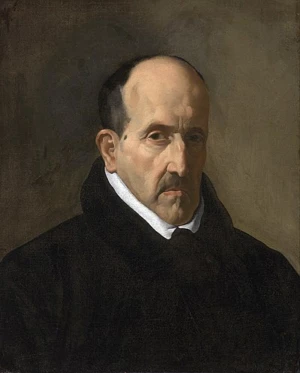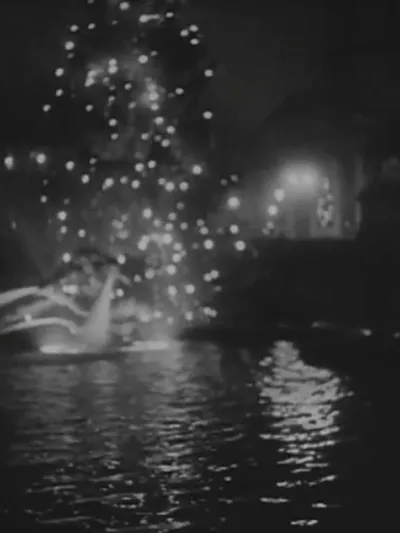Biography
(No Information)
Filmography
all 1
Movies 1
Writer 1
Information
Known ForCrew
GenderMale
Birthday1561-07-11
Deathday1627-05-25 (65 years old)
Birth NameLuis de Góngora
Birth PlaceCórdoba, Spain
ReligionRoman Catholic
RelativesCarlos de Sigüenza y Góngora
CitizenshipsSpain
This article uses material from Wikipedia.
Last updated:
 Luis de Góngora
Luis de Góngora- Filmography
- Information
